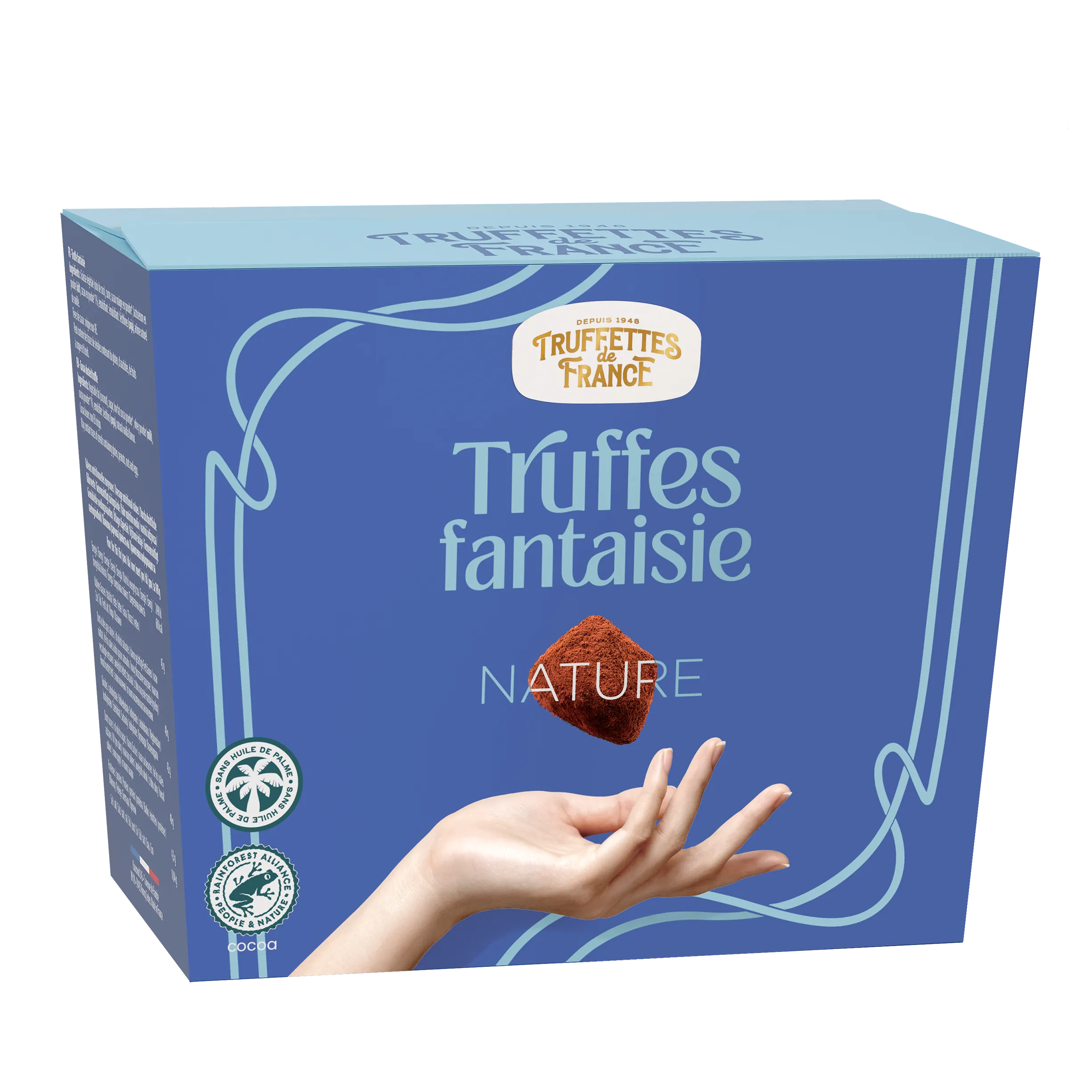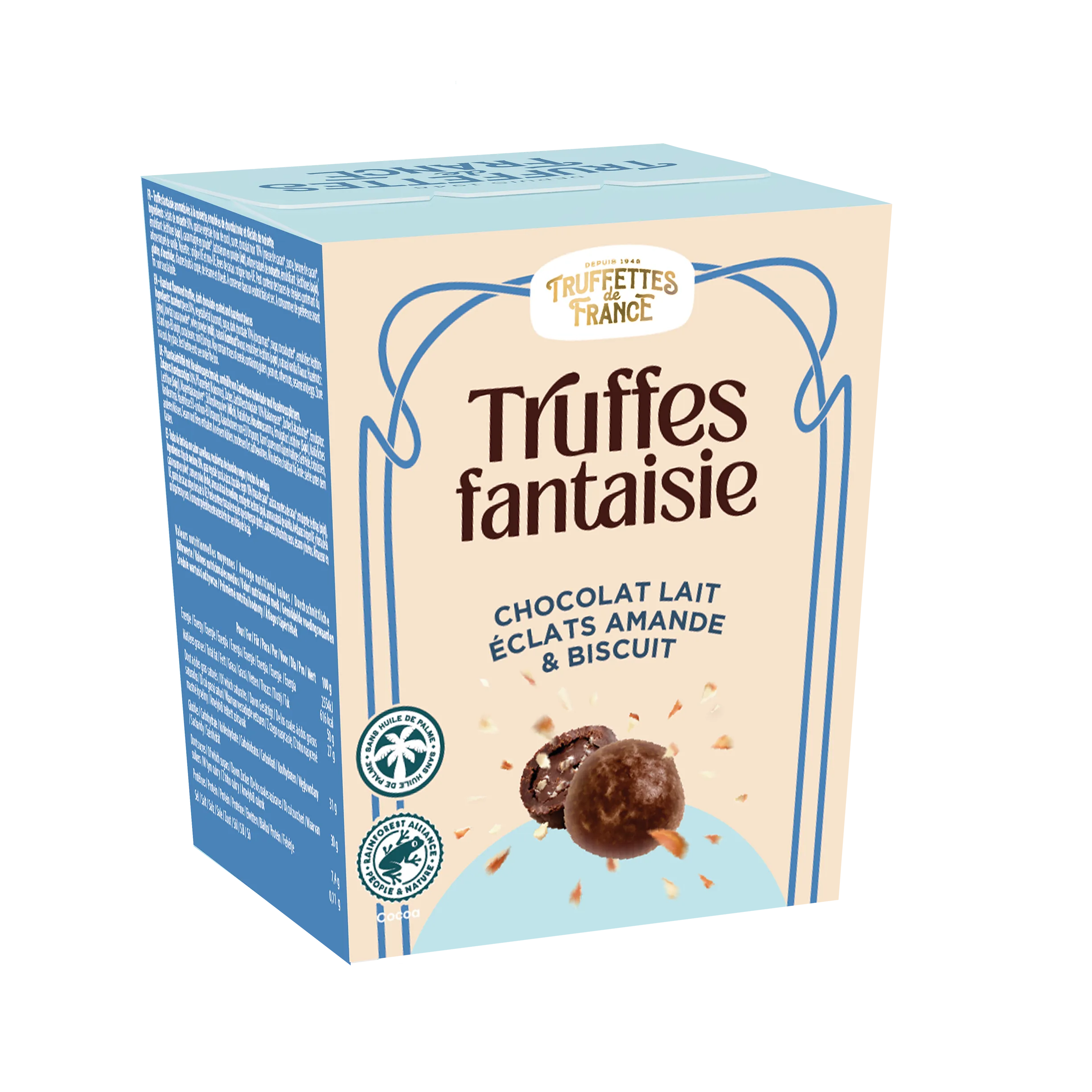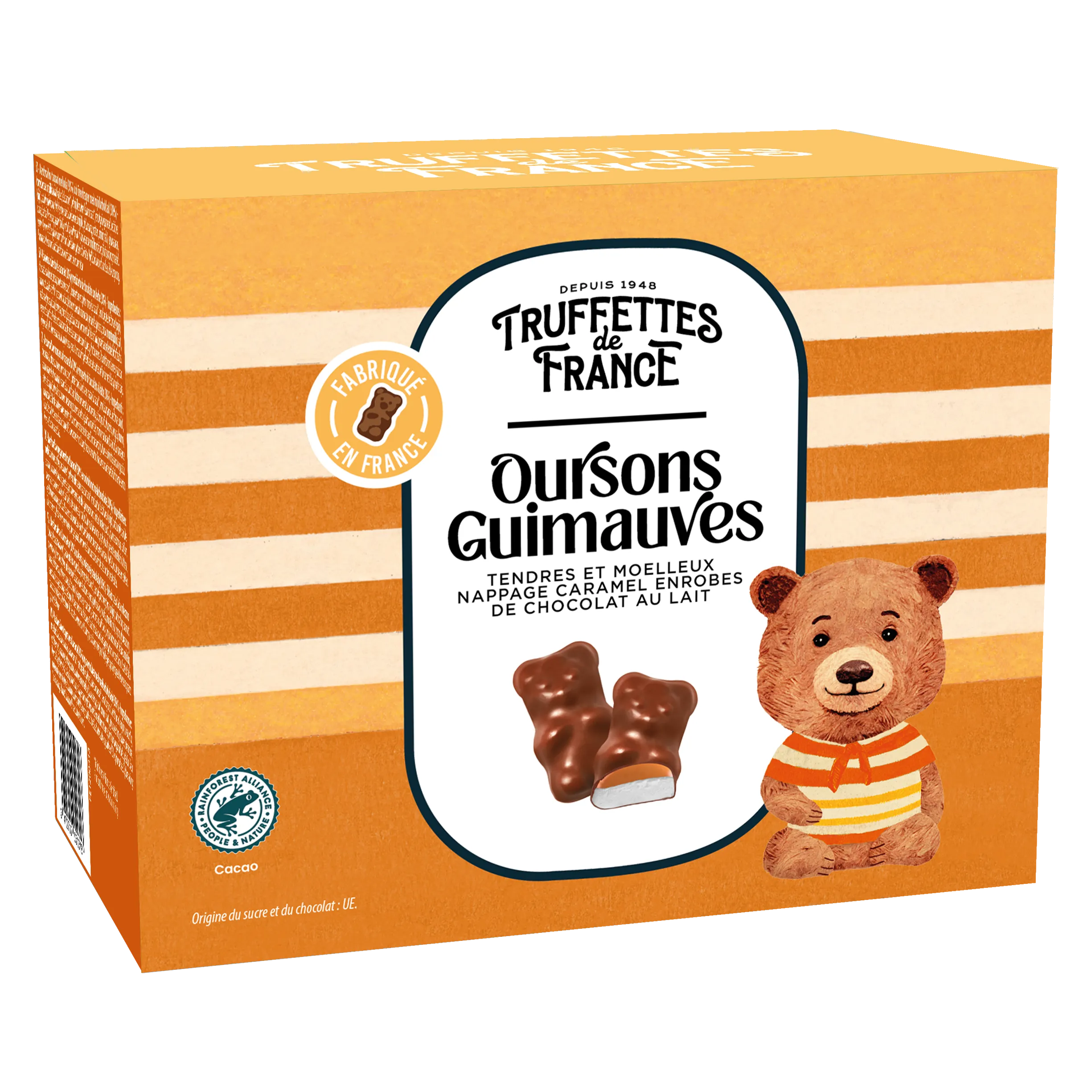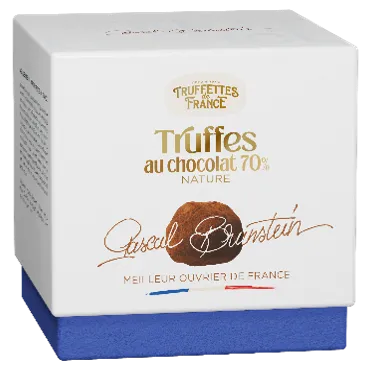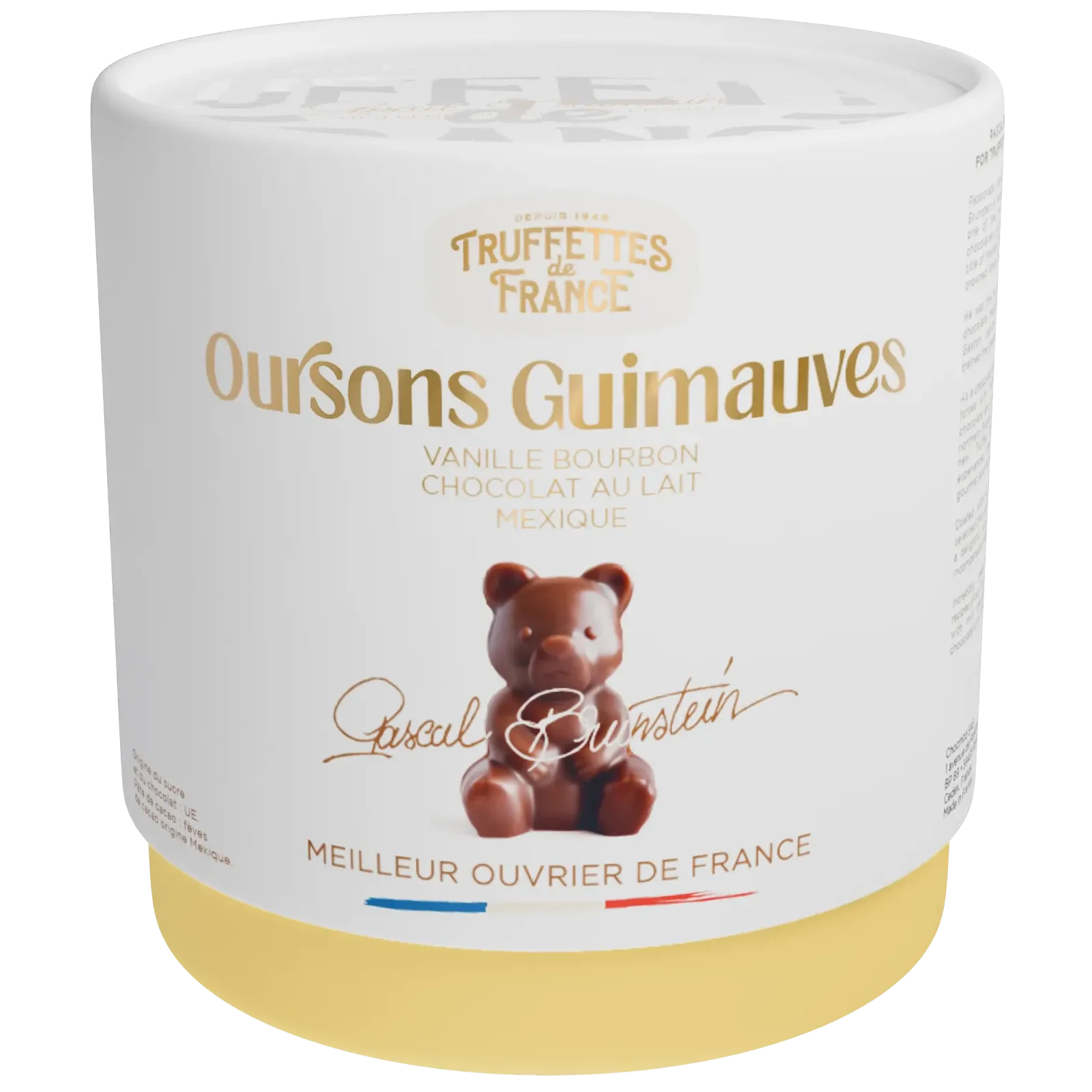Definition : Criollo cocoa,
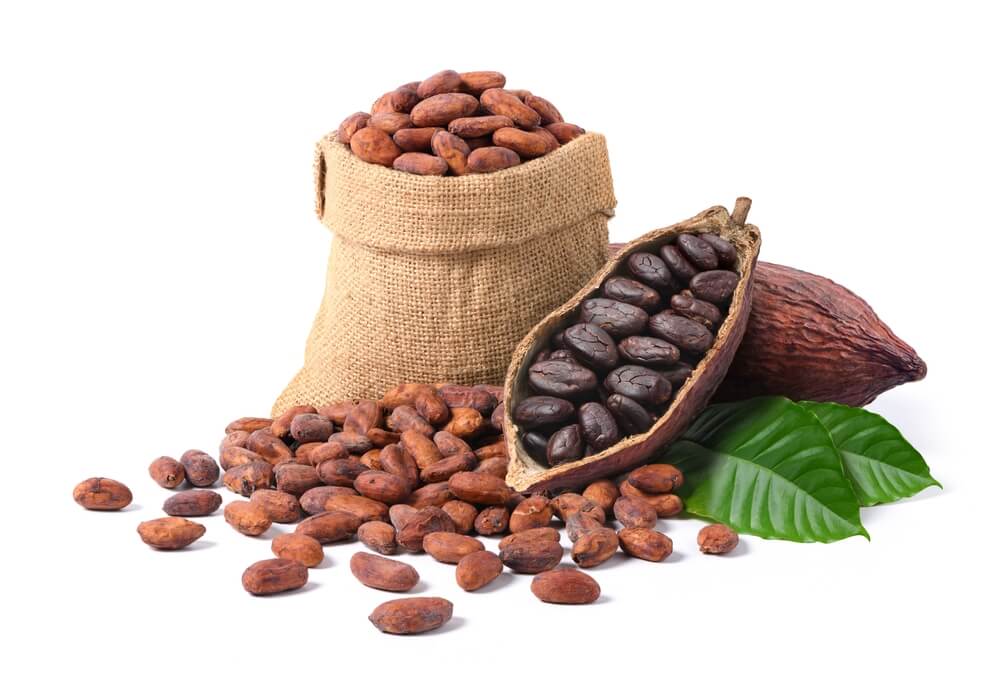
The world of cocoa is rich and diverse, with almost 20,000 varieties spread across the globe. Among them is Criollo cocoa, an Amazonian variety with exceptional taste and nutritional qualities. Here's a look at this unusual and sought-after category.
A definition with historical origins: The term criollo
The word "criollo" is a Spanish term meaning "creole". In its original sense, it refers to things or people originating in Latin America and having European ancestors. Over time, the term has expanded to encompass different varieties of produce grown in Latin America with specific local adaptations, including certain varieties of corn, cotton, tobacco and, of course, cocoa.
Botanical characteristics of Criollo cocoa
Before discovering its gustatory and nutritional benefits, let's take a look at the botanical characteristics of Criollo cocoa. This subspecies of the cacao tree belongs to the Sterculiaceae family and has some very special characteristics:
- Pods: Cacao Criollo fruit differs from other cocoa varieties in the shape of its pods. They are generally smaller, rounded in shape, and often ribbed or dented.
- Skin: The pod skin is thin and fragile. The color varies from green to yellow to various shades of orange. When ripe, the pod takes on a characteristic reddish color.
- Beans: Cacao Criollo beans are generally ivory-white to pale purple. They have earned the nickname "white cocoa" because of their unusual appearance compared with other cocoa varieties.
Criollo cocoa, a rare type of cocoa prized for its flavour.
Even if the botanical characteristics of this cocoa variety are already attracting attention, what really sets Criollo cocoa apart is its unique aroma and taste. Indeed, it is widely regarded as the noblest and tastiest variety of cocoa:
- Its aroma is very fresh and fruity, with notes of spices, flowers and honey.
- Its bitterness is generally lower than that of other types of cocoa, making it easier to detect the various aromatic notes present.
Beyond its delectable flavors, Criollo cocoa is also sought-after for its rarity. In fact, it accounts for only 5% of the world's cocoa production. Its trees are delicate and difficult to cultivate, making production lower than that of other cocoa varieties.
Internationally recognized taste quality
Many chocolatiers around the world use Cacao Criollo in their creations to take advantage of its complex and exceptional flavors. It is often blended with other types of cocoa to add a distinctive touch to traditional recipes. The prestige attached to this variety also drives up its value on the market, sometimes reaching prices two to three times higher than those of other cocoa beans.
The nutritional qualities and health benefits of Criollo cocoa
In addition to its attractive aromatic profile, Criollo Cocoa also has interesting nutritional characteristics:
- It contains numerous minerals such as magnesium, calcium, iron and zinc.
- Its richness in antioxidants, notably flavonoids, helps reduce inflammation and may have beneficial effects against cardiovascular disease.
- It is lower in fat than other cocoa varieties, while providing the same healthy lipids such as monounsaturated and polyunsaturated fatty acids.
Cocoa powder from Criollo cocoa
One of the most common ways to consume this variety of cocoa is in powder form. Criollo cocoa powder is renowned for its superior quality compared to powders made from other types of cocoa. It has an intense, floral, fruity aroma that fits well with the notion of "royal cocoa" often associated with Criollo cocoa.
Criollo cocoa production worldwide
As mentioned above, Criollo cocoa represents only a tiny fraction of the world's cocoa production (around 5%). Its origins go back to Amazonia, the land from which it draws its distinctive botanical and aromatic characteristics.
Its initial cultivation quickly spread to different regions, including the one currently considered the cradle of Criollo cocoa: Venezuela. This South American country has a long tradition of chocolate-making, and geographical conditions are ideal for growing this type of cocoa. Over the centuries, it has also spread to Peru, Mexico, Ecuador, Trinidad & Tobago and Madagascar.

